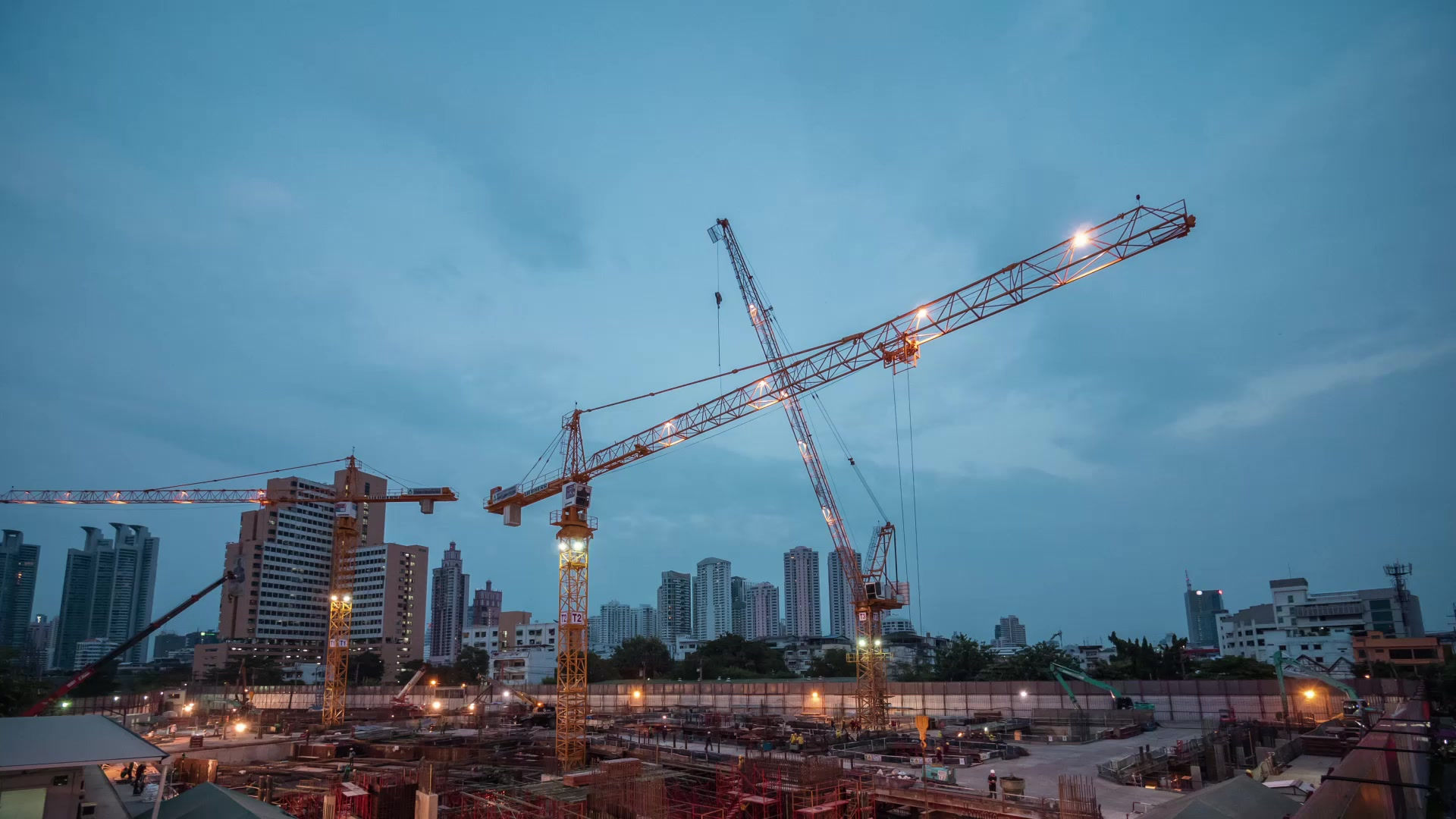Reinforcing Steel (Rebar)
- cissi72
- Mar 4, 2023
- 2 min read
Rebar inspection is an important part of ensuring the quality and safety of reinforced concrete structures. Reinforcing steel, also known as rebar, is a critical component of concrete structures that provides tensile strength to the concrete and helps it resist cracks and failure under stress. Here are some of the key aspects of rebar inspection:
1. Visual inspection: The first step in rebar inspection is a visual examination of the rebar to ensure that it is free of visible defects, such as cracks, corrosion, or deformities. The inspector should also check the length and size of the rebar to ensure that it meets the specified requirements. 2. Dimensional inspection: The diameter, length, and spacing of the rebar should be checked to ensure that they meet the design specifications. This can be done using tools such as calipers or measuring tape. 3. Bend inspection: Rebar is often bent to shape before installation, and the inspector should ensure that the bending is done correctly and does not cause cracks or other defects in the rebar. 4. Placing inspection: The rebar should be placed in the correct location and orientation within the concrete structure. The inspector should ensure that the rebar is properly supported and spaced according to the design requirements. 5. Weld inspection: Welded connections between rebar should be inspected to ensure that they are properly done and meet the design requirements. 6. Corrosion inspection: Corrosion can significantly reduce the strength of rebar over time, so the inspector should check for signs of corrosion and take appropriate actions if it is present, such as using corrosion inhibitors or replacing the rebar.
Overall, rebar inspection is an essential part of ensuring the quality and durability of reinforced concrete structures. The inspector should be trained and knowledgeable in the relevant standards and guidelines, such as those provided by the American Concrete Institute (ACI), and should document any issues or discrepancies observed during the inspection.


Comments